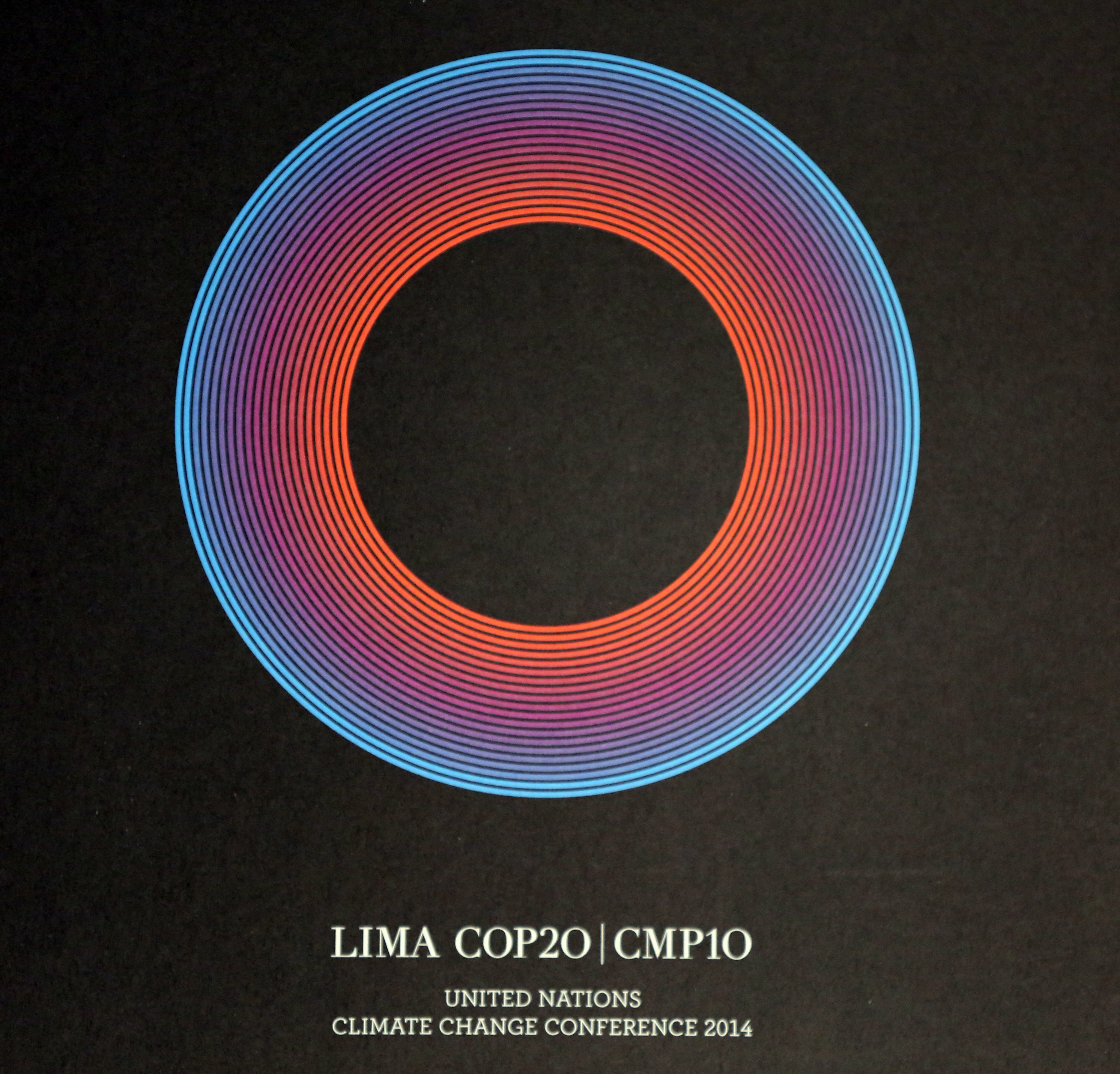(COP20 Lima, Peru) — The UN climate change conference kicked into high gear this morning as the high level ministerial portion of the negotiations began. Countries’ ministers and special envoys were in bilateral talks for much of the day yesterday, but the divisions that need to be hashed out on the individual country contributions between developed and developing countries has already reared its ugly head.
In Lima countries are negotiating what elements need to be included in each country’s domestic climate action plan — this known as their intended nationally determined contributions (INDCs), which will be included as part of a comprehensive Paris 2015 agreement. This is arguably the most important element of the climate talks in Peru. What is included in the INDCs–and how they are monitored — will determine whether or not the Paris 2015 talks will have a meaningful impact on curbing climate change.
Todd Stern, the U.S. Special Envoy on Climate Change, told the press yesterday “we want to see everyone put forward what they can do on their own resources.” If only it were that simple. The key phrase here is “on their own resources.” Developing countries are ready to make their INDCs in the intervening year between Lima and Paris, but obviously their capacity to plan projects is limited by lack of funding. The point to remember here is that it is also a funding issue to determine their needs in some countries’ cases when there is no assurance from developed countries that adaptation money will be provided to do so.
The big push for including adaptation elements in both these texts is in full force. The EU echoed Stern’s stance when EU representative Miguel Arias Cañete told the press yesterday: “INDCs should refer exclusively to mitigation.”
Mitigation basically involves reducing a country’s emissions through various measures. Mitigation efforts were really the base for the historic U.S. – China climate agreement announced ahead of the COP last month. Though Cañete agreed that the EU and other developed countries had to listen to the concerns of developing countries, he said that their adaptation needs should be met through other ways than the INDCs because mitigation is a more “useful tool” for measuring whether country contributions are ambitious enough.
Canete’s argument that mitigation is more easily measured is not wrong in its premise, but the recent UNEP Adaptation Gap Report may be used as a strong counter-argument. The report states that the cost of adaptation in developing countries will likely be at least two to three times higher than the expected $70 – 100 billion USD per year by 2050, even with emissions cuts.
In essence, adaptation is a necessary investment to avoid increased future costs of possibly useless forms of mitigation. As Achim Steiner, Executive Director of UNEP, said in statement: “the report provides a powerful reminder that the potential cost of inaction carries a real price tag. Debating the economics of our response to climate change must become more honest.”
Developing countries, including India and China which are incredibly large emitters themselves, are united on the front that mitigation is certainly a developed country burden; but they also argue that adaptation needs to go hand in hand with it in order to have the most meaningful impact.
Not only is the structure of INDCs being negotiated, but there are big debates over how these contributions should be reviewed–if at all. And here, developing countries are notably split as South Africa sides with the EU on calling for a formal process to review each countries national commitments. (Before it is assumed that the EU is agreeing to a review in a bid for transparency and benevolence, they are also proposing a review process in order to keep the U.S., India, and China on their toes in terms of emissions targets. )
It makes sense for developing countries to want an independent review process to monitor developed countries INDCs for adaptation elements, however it would also open them up to review which, in discussions with the Indian delegation, is clear neither India nor China want.
Though, it is not clear just yet if they would compromise on the U.S. proposal. Stern intimated to the press yesterday that the U.S. is opposed to a review process, but not a review period. The difference seemed meaningless at first, but it might just be the saving grace at the end of the long nights ahead at the table.
Stern said the U.S. would not oppose a ‘sunshine’ period where countries would open up their INDCs to review by other countries, civil society, and media. However, the key here is that no country has to actually listen to any of the criticism, suggested edits, or requests for clarification they receive. The INDCs are still ‘nationally determined,’ after all.
If the ‘sunshine’ period saves the entire INDC portion of the negotiation from failure though, it may still play a key part.
The status of negotiations change by the hour here in Lima, but a major portion of the debate will be based on INDCs as they form an important part of the finished Paris 2015 agreement. It is clear that parties have come into Lima with a certain optimism and delegates hope this will make for a smooth process the rest of the week.
